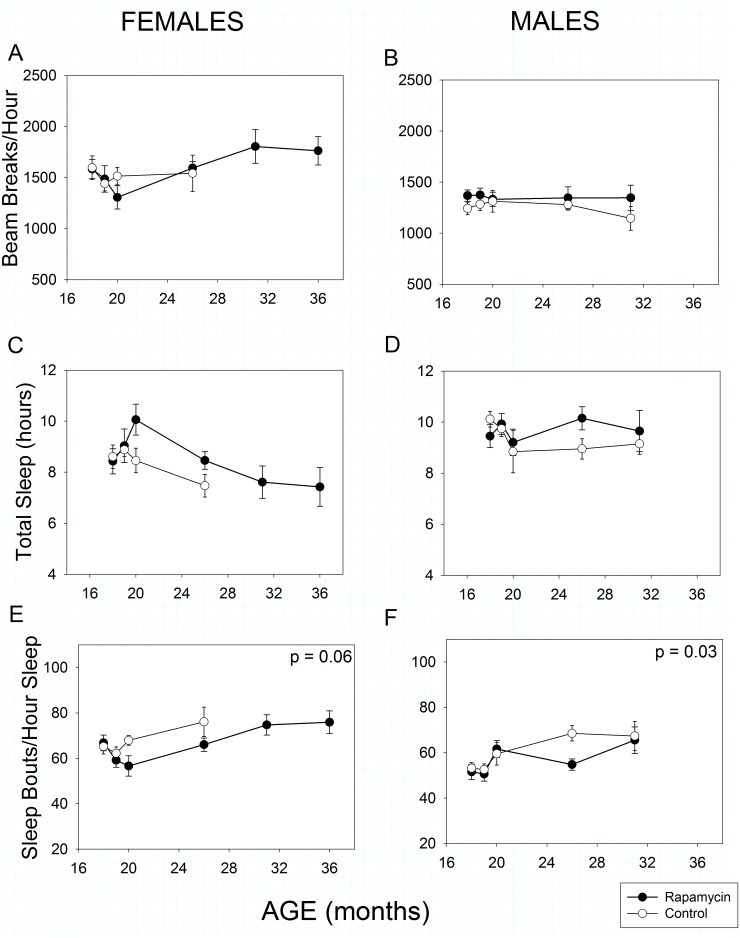Fig 4. Spontaneous activity and sleep in rapamycin-fed mice (filled circles) compared to controls (hollow circles).
P-values shown on individual panels only if there is a significant treatment effect independent of age. Sample sizes varied, depending on age, control females, n = 14–2; rapamycin females, n = 18–5; control males, n = 13–4; rapamycin males, n = 22–7. A, B: Spontaneous 24-hour activity was greater in females than males (p<< 0.001). Activity increased with age (p = 0.008) in females and decreased with age in males (p = 0.003), regardless of treatment. C, D: Total sleep Rapamycin treatment marginally increased total sleep in both sexes (p = 0.05) when taken together, but aging affected sleep patterns in the two sexes differently (age x sex, p << 0.001). E, F: Sleep fragmentation increased with age in all animals (p << 0.001); however, rapamycin treatment reduced sleep fragmentation in males and showed a trend to reduce it in females.

